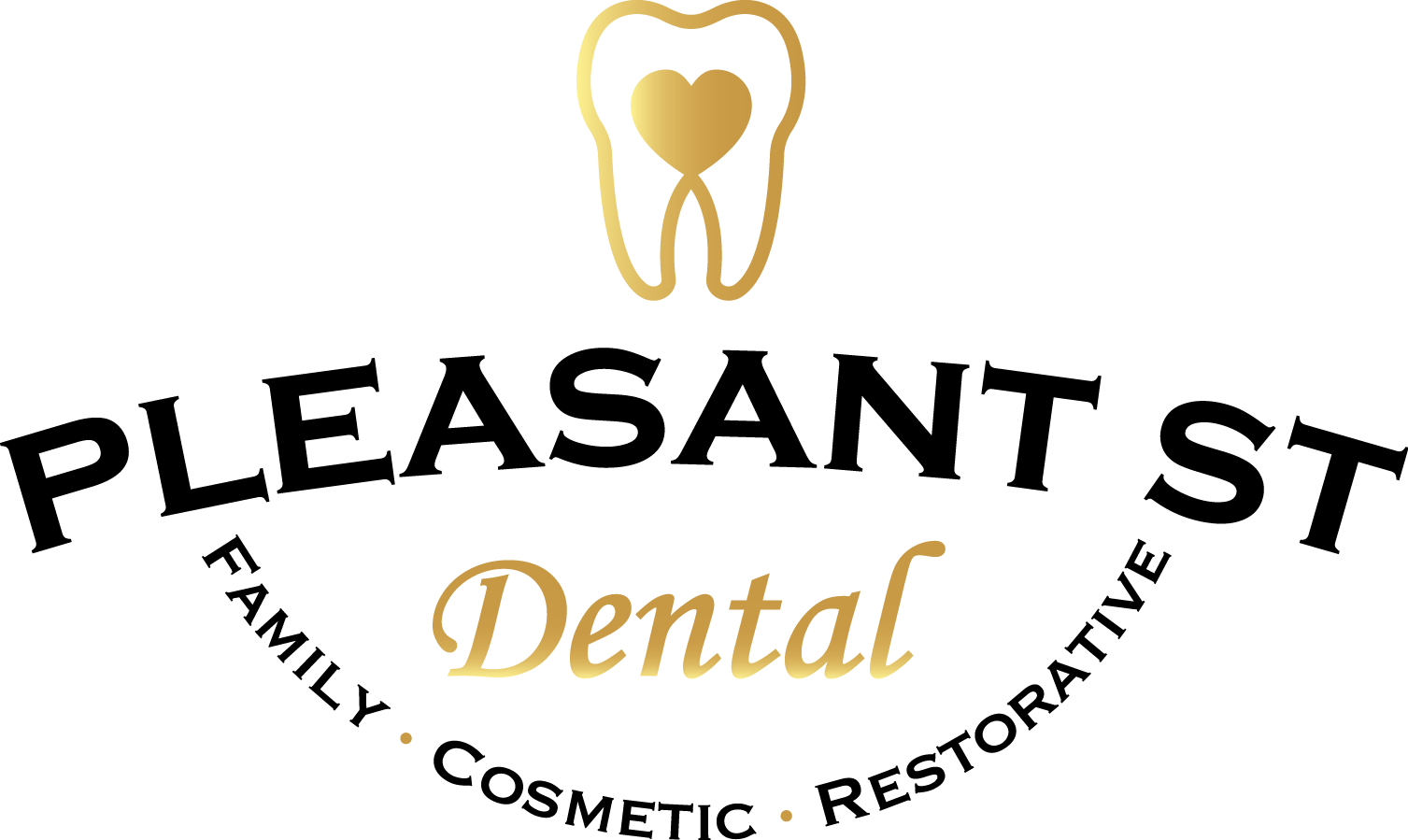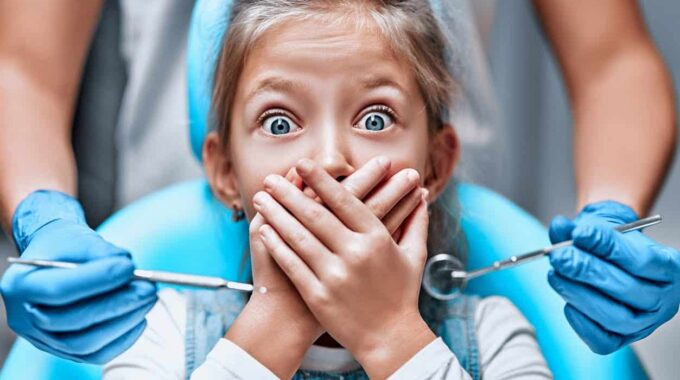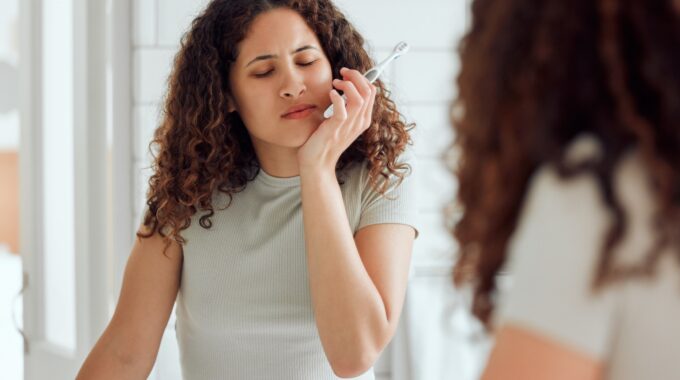Going to the dentist can feel very scary for many children, and sometimes even parents…
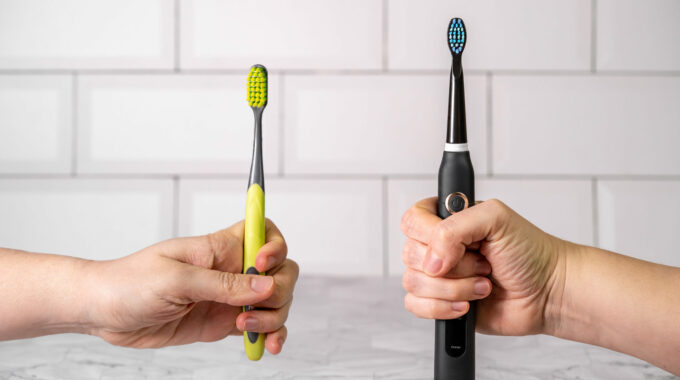
What Type of Toothbrush Should I Use?
National Brush Day is technically November 1st, even though every day is Brush Day here at Pleasant Street! A question we get asked a lot is the best kind of toothbrush to use, so let’s dive into all of the available options.
Electric Vs. Manual
The base answer is you can’t go wrong with either. Electric toothbrushes are great for younger individuals because they do some of the work for you, many with a built-in timer, to ensure proper cleaning.
On the other hand, a manual toothbrush relies entirely on the user, which could be both good and bad. Great for those with hard-to-reach areas and sensitive spots – and bad for those who might rush through it. The price point is another big difference between electric and manual, with electric brushes being a much higher dollar amount.
Bristle Type
Soft bristles will be your best choice for comfort and safety. Medium and hard bristles can be harsh on the gums and tooth enamel depending on how much pressure is applied and your current gum health. Soft bristles are constructed with enough sturdiness to effectively clean away food and drink residue without causing damage.
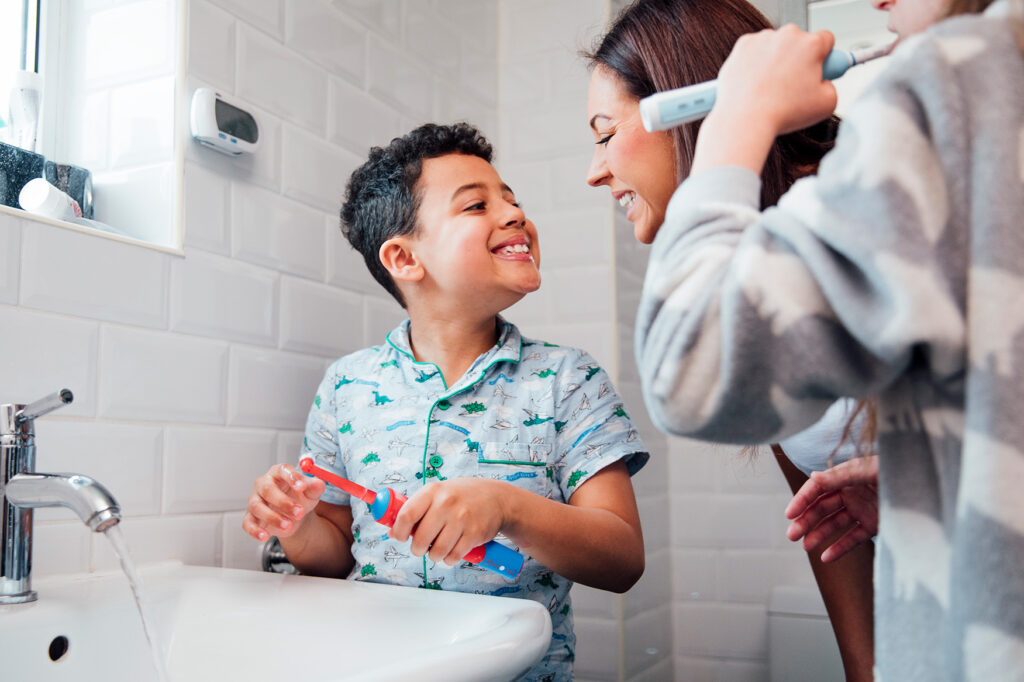
Head Shape
Oval and rectangular heads are both effective, so comfort is most important regarding head shape. You want the brush to fit comfortably in your mouth to get the best clean. The size of the brush head should cover the surface of two teeth as a relative measure. You have a better chance of missing spots if the brush head is too large or too small.
How Often to Replace Your Toothbrush
To maintain proper oral hygiene, you should change your toothbrush (or brush head) every three months, according to the American Dental Association. Bristle integrity begins to diminish, causing them to be less effective and have the potential of shedding bristles during the brushing process. Bacteria can also build up over time from constant use and water remaining on the head. After use, wash and dry your toothbrush thoroughly to prevent as many germs as possible. It is also always a good idea to replace your toothbrush after a cold or illness and after oral surgery/dental work.
While an array of brushes are available on the market, your brushing technique (which you can read about in our previous blog, “Brushing Technique) sets apart your toothbrush’s effectiveness. Whether you select electric or manual, rectangular or round – brushing twice a day for two minutes and a helping hand from your dentist should keep your teeth in top shape.
If you are still determining which option might be best for you – talk to us! We will review your age, teeth health, and other factors to find the right fit. Ask us at your next cleaning, or give us a call!
